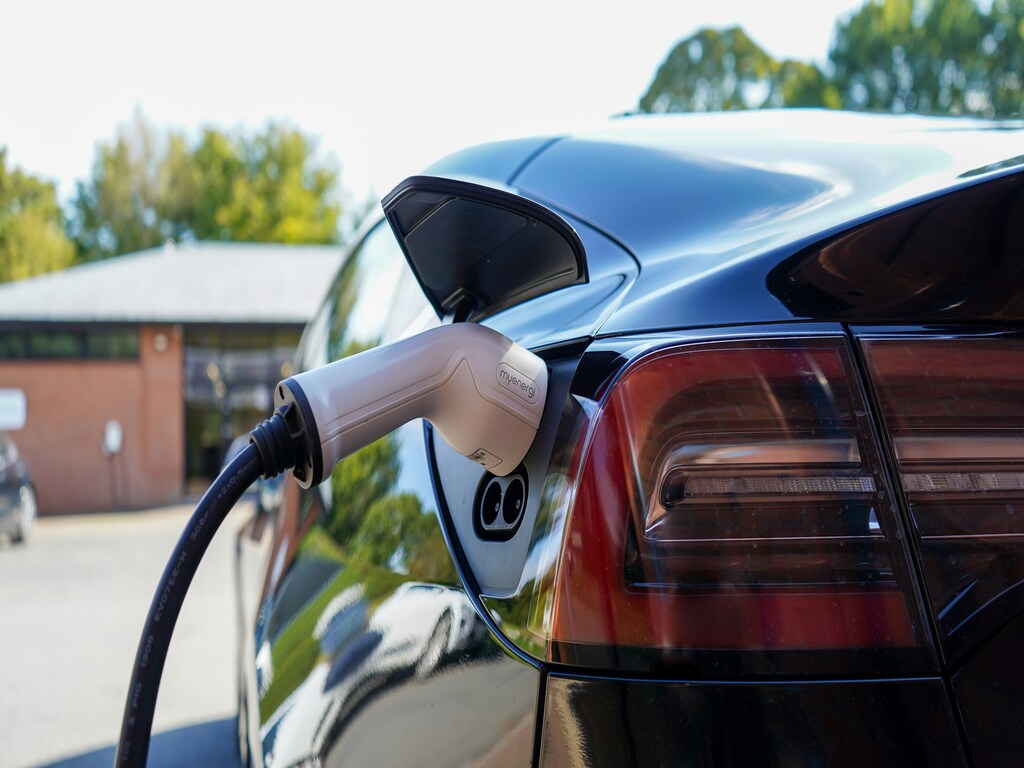
Powering the Future: Inside the Rise of EV Charging Stations
Discover how EV charging infrastructure is transforming urban mobility. Learn about the latest advancements in fast charging technology and its impact on eco-friendly travel.
EV charging stations are emerging as a key pillar in the transition to a greener, cleaner transportation system. From city centers to highways, these stations are making electric mobility more accessible than ever.
A reliable and widespread charging network is the heartbeat of the electric vehicle revolution. It’s not just about convenience — it’s about enabling change.
The growing demand for electric vehicles has pushed governments and private companies to rapidly expand charging infrastructure. Fast chargers, smart grid integration, and renewable-powered stations are changing the landscape of mobility. While challenges like charger availability and charging speed still exist, ongoing innovations are addressing them efficiently. Battery-swapping stations, wireless charging, and AI-based charger locators are now becoming part of the conversation.
Why EV Charging Infrastructure Matters More Than Ever
As EV adoption increases, the need for a strong and dependable charging network becomes essential. It not only supports everyday users but also helps reduce urban emissions, promote energy independence, and lower fuel costs. Public and private collaboration is vital in scaling infrastructure to meet future demands. This includes integrating solar and wind energy, installing high-speed chargers along highways, and making home charging more affordable.

Innovations Shaping the Future of EV Charging
The future of EV charging is smart, fast, and sustainable. Ultra-fast chargers can now power vehicles in under 20 minutes, and AI is being used to optimize charger placement based on traffic and usage data. Companies are also exploring mobile charging vans and subscription-based services, making charging as flexible as possible. With continued investment and innovation, EV charging is set to become as ubiquitous as fuel stations.
In the coming years, urban planning will revolve around clean mobility hubs that include parking, charging, and renewable energy generation. With the right policies and public awareness, EV charging infrastructure can drive the world toward a carbon-neutral future.
